The so-called microscopic identification is to use microscopic equipment to observe the aging degree of the ceramic glaze, so as to verify the authenticity of the porcelain. The microscopic identification method is mainly based on bubble identification, and also includes trace identification, opening identification, erosion identification and the like. The principle of microscopic identification is: ancient ceramics have experienced hundreds of years or even thousands of years of history. Whether in the soil, in the water or in the world (in the air), the glaze will produce different degrees of aging. It will be reflected in some characteristics of the glaze, and the microscopic technique can be used to observe and understand these features, and the artifacts can be authenticated.
The background of microscopic identification, in the past, microscopic technology is not popular enough, except for the laboratory, the average person can not use the microscopic equipment to identify ancient porcelain. With the advancement of technology, handheld portable microscopes are now available on the market.
100-200
Double, the Ainithi brand portable microscope can achieve the highest comprehensive rate600
Double, can completely meet the requirements of microscopic identification of ancient ceramics. In addition, the traditional experience and eyesight identification methods are getting more and more limited, and the new scientific identification method market is coming to the fore. Therefore, the technical equipment and market requirements for microscopic identification have matured, and microscopic identification for practical identification has no obstacles in terms of technology and equipment.First, the spectacle under the microscopic horizon
200
Under the microscope, the microscopic picture of the celadon glaze (the picture was color-treated).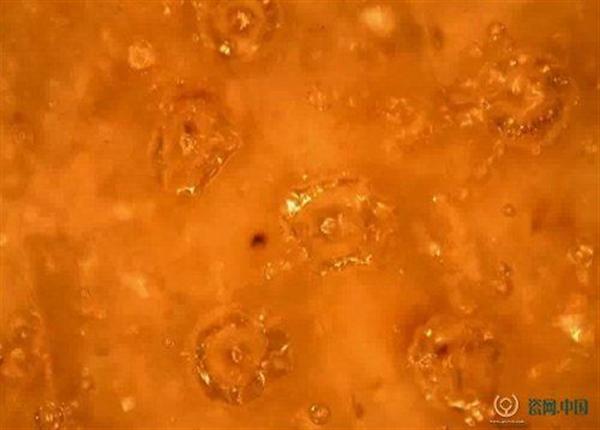
Water drop flower
Look at the state of the bubbles in this picture, like a splash of water falling on the surface of the water?
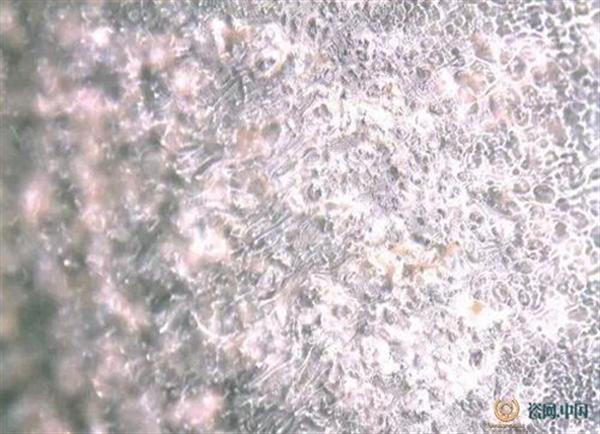
Shoal water map
This glazed and bubble state, like the turbulent water on a shoal or riverbed shoal?
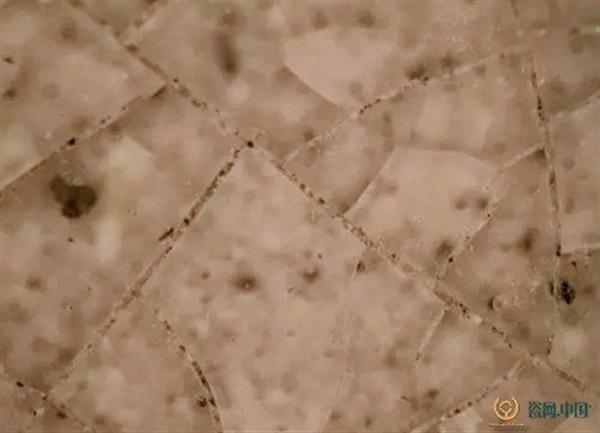
Urban street map
This glazed and air bubble phenomenon looks like a traffic map that is not like a city street?
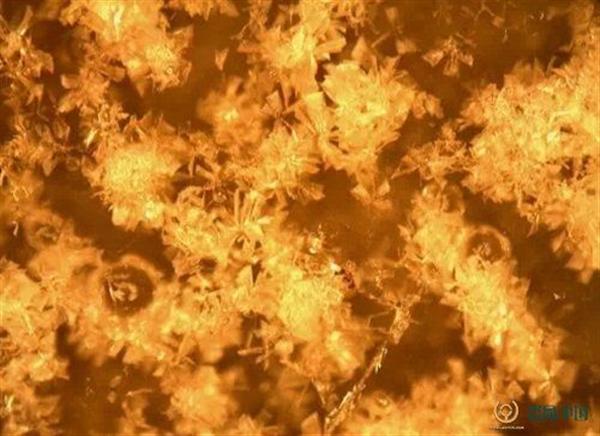
Crystal flower bead diagram
This glazed and bubble phenomenon, like a crystal flower like some minerals wrapped in a pearl?

Stars holding the moon
This said that the stars do not seem to be very image, it is more like a small star (
Fans
) Holding a big star.If you don't see these pictures, people will think that there will be such rich content under the seemingly smooth and smooth celadon glaze. Is it a strange phenomenon? How did these phenomena appear? Is it the reason for the recipe? The reason for the craft? Still the reason of the years? Are these different microscopic forms helpful in identifying the authenticity of porcelain? How much help?
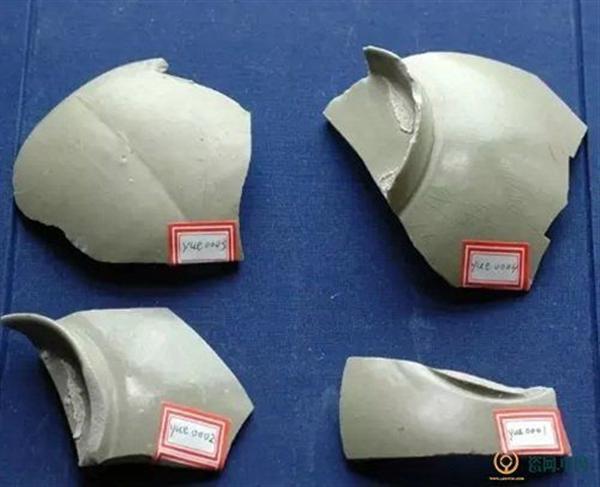
Four pieces of the same kiln celadon fragments
Let's take a look. This is four pieces of kiln celadon fragments that look very similar. If you don't compare them together, many people will not think that they will make any difference. Even the master can clearly distinguish them, but can't tell where their differences are there? So let's see if their glazed micrographs don't see the difference?
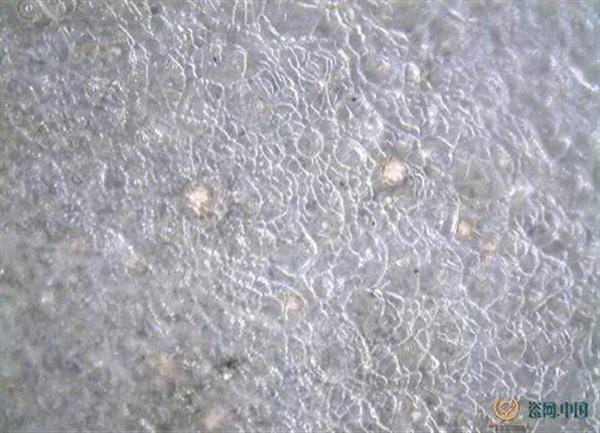
Yue0001
Micrograph. There are countless rock patterns on the glaze, the bubbles are not large, and most of them are oxidized.
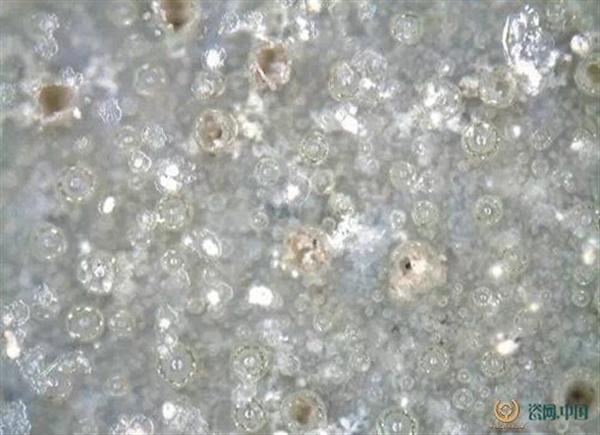
Yue0002
Micrograph. The bubbles are dense and rich in layers, most of which are not oxidized, and some are obviously oxidized.
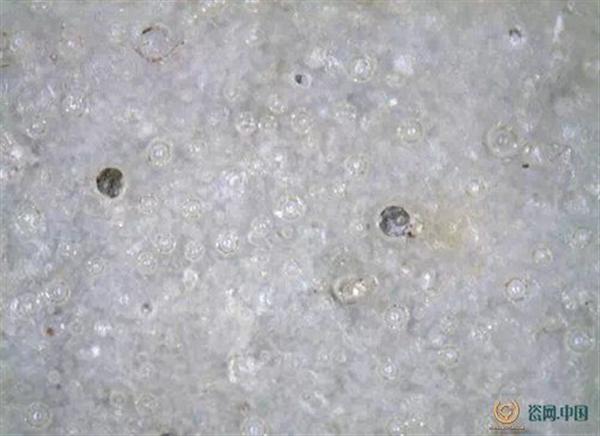
Yue0003
Micrograph. Bubble ratio
01
More, but still more than02
There are few, there are also oxidized bubbles, but the form of oxidation is different from the former two.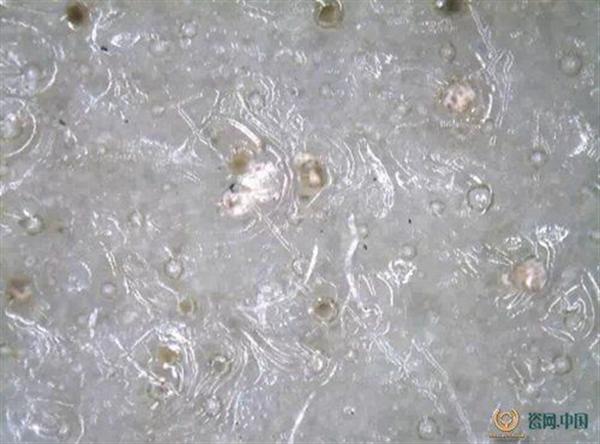
Yue0004
Micrograph. Glazed surface also has texture, but with
001
The lines are completely different, and the other aspects are different from the first three.Such four pieces of celadon pieces, which look almost indistinguishable from the naked eye, have such a clear and distinct difference under microscopic technology. Moreover, these fragments are all of the same kiln celadon, from the same area, using the same magnification. What can this explain?
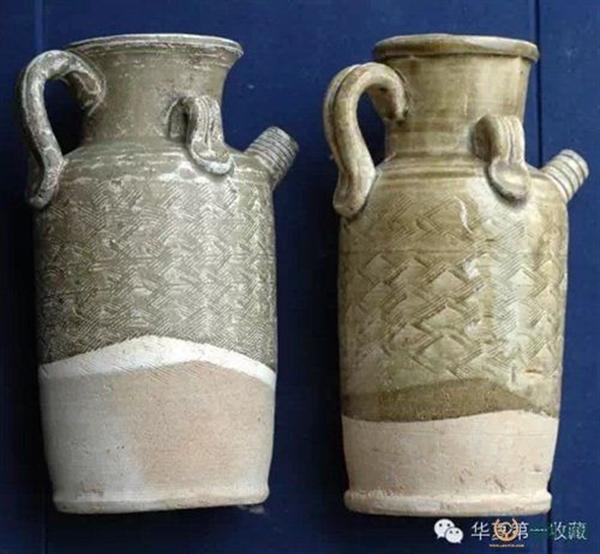
Two seemingly similar Tang Qing glaze water jets
These two Tang green glazes are covered with water column, and the shape is almost the same. Look at the glaze, which is a yellowish one. If you look at it alone, in the eyes of experts, the difference is obvious, but in the eyes of novices, you may not see any essential difference. One of these two is the real thing, and the other is the imitation. When you compare it together, it seems that everyone can see the true and the false, but if you look at one of them separately, the situation is different. Do not believe, you can go online to see, inside this real thing so open, after the release of my door series, there are still many people watching it is fake! This shows that with the naked eye, people's distinction between authentic and imitation is not so clear!
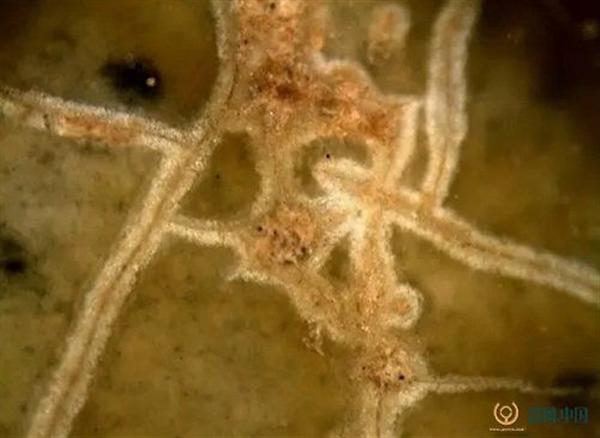

These two are glazed micrographs of the right-hand color yellowish water

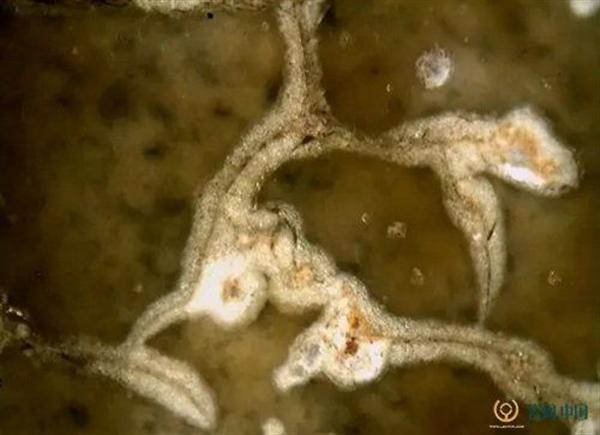
These two are glazed micrographs of the left-hand color
In fact, I don't need to explain what I am doing. Just compare the two sets of photos with your heart, and be true and false. In order not to let everyone see too tired, I will briefly explain. The bubble soils in the previous set of images are uniform and all are yellow earth, and almost no live bubbles are visible. The oxidation state on both sides of the open film is also very uniform and neat. The opposite is true in the latter set of pictures. The bandits of the bubbles are yellow, white and black, and there are also shallow and deep changes, and there are many live bubbles. The oxidation state on both sides of the open film is wide and narrow, deep and shallow, and very natural. There are still many differences that can be seen here. I will not explain them here. You can compare them yourself.
1.
"
Identification factorâ€
,or"
Quasi-identification basisâ€
, as a supplement and verification of the traditional identification method. Mentioned here"
Identification factorâ€
with"
Quasi-identification basisâ€
It is possible that it will only appear on the real thing, and the glazed microscopic features that are unlikely to appear on the imitation. In other words, microscopic identification does not identify replicas, but it can help people choose the authenticity more confidently."
Spectacle under the microscopic horizonâ€
announced5
Glazed microscopic morphology, of which"
Water dropâ€
,"
Crystal flower beadsâ€
,"
Stars holding the moonâ€
Belongs to"
Identification factorâ€
It is. Because these glazed shapes are not currently found in celadon replicas. In addition, in the front four pieces of the kiln fragments,002
,003
,004
There is a special kind of bubble in it, we call it"
Cinder bubbleâ€
See the bubbles in the red circle below.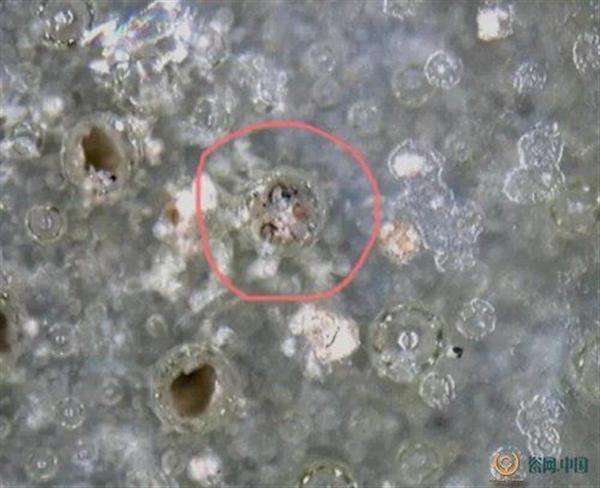
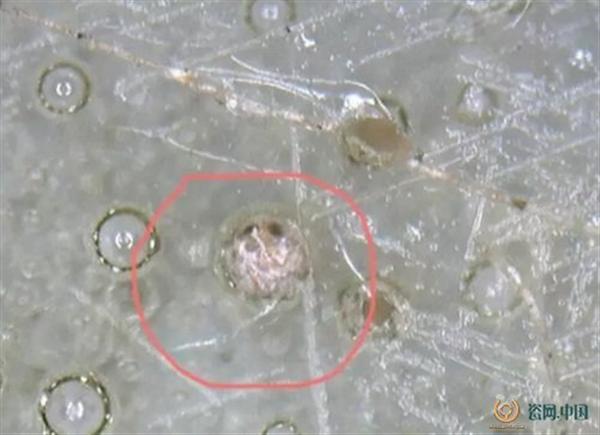
This bubble shape is called
"
Cinder bubbleâ€
Cinder Bubbles: One or more eroded bubbles that occasionally appear in a normal bubble community. This eroded bubble has a colorful color that looks like the burnt coal slag is filled in the bubble.
Let's look at a few other ones.
"
Identification factorâ€
.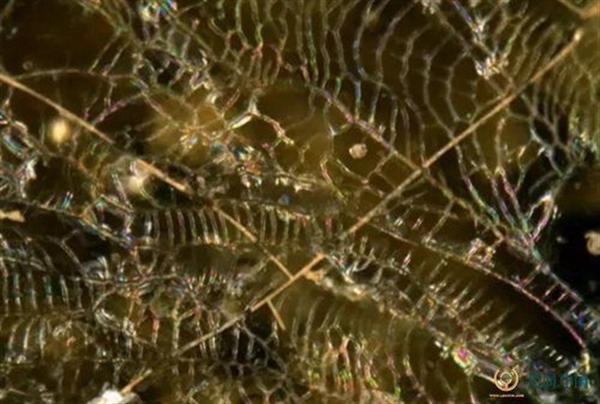
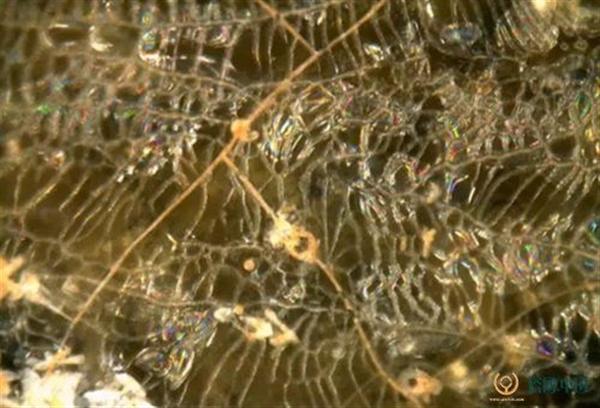
This glazed microscopic morphology is
"
Spider silkâ€
Spider Mesh: The glazed surface has a strip-like mesh pattern like a spider web. This mesh pattern is very clear and is distributed on a normal glaze, rather than a corroded glaze. This condition will appear on a large area of ​​the glaze.

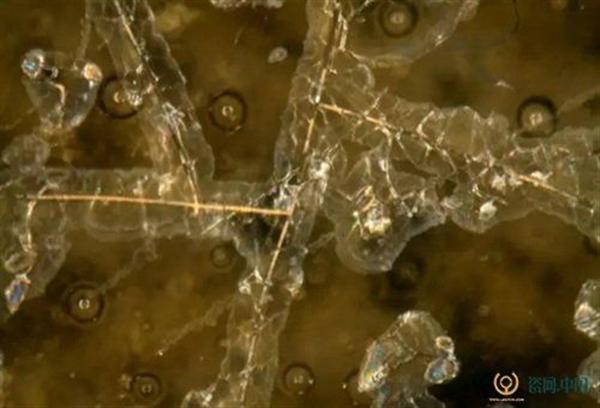
This type of glazed microscopic morphology is called
"
highwayâ€
"
Identification factorâ€
They are all unique features of the authenticity and the identification features that the imitation is unlikely to have."
Cinder bubbleâ€
, this is a higher credibility"
Identification factorâ€
Because this bubble is the result of oxidation and erosion of bubbles by various factors during the long history. At present, no matter how the imitation goods erode the glazed surface, the eroded air bubbles can only present a single color, but cannot present such a complicated color. This point is also reflected in the microscopic glazed state of the original authentic Tang Shui note. The authenticity is rich in color and the color of the imitation is single. Of course, replicas may also be able to enrich the color of the eroded bubbles through a variety of corrosion methods. If so, it will be large-area, and it is not possible to have one or several such ones in a normal bubble community. bubble. Of course, this argument has yet to be tested."
highwayâ€
This is also a highly credible"
Identification factorâ€
. This parallel atomization state appearing on both sides of the open pattern is most likely formed in a special environment. It appears in the micrograph of Tang Qing glaze, and the oxidation state on both sides of the open film is completely different. Such phenomena have not yet been found in replicas. Its cause is still unknown, and it can't even be speculated. Therefore, if the future replicas want to imitate such features, the difficulty may exceed their imagination."
Identification factorâ€
There are many forms in ancient porcelain, which require us to constantly discover and analyze. Microscopic identification is the use of microscopic equipment to observe whether such defects can be found in porcelain glaze"
Identification factorâ€
or"
Quasi-identification basisâ€
The characteristics of this porcelain, if found, can be genuine. But this is only a possibility, and the size of the possibility should be further analyzed and judged in combination with other factors.The times are advancing, science and technology are developing, and the identification of cultural relics cannot be changed. The superstition ophthalmology experience identification, resisting scientific instrument identification is not advisable, self-deception. The identification of cultural relics such as porcelain should go from the surface to the inside, from the surface phenomenon to the inner, so that it is not wrong. In fact, the identification of the ophthalmology of porcelain and the identification of porcelain scientific instruments are not mutually contradictory, and they have always complemented each other and promoted each other. The combination of the two is the new way to identify porcelain!
[Anitty :Anyty 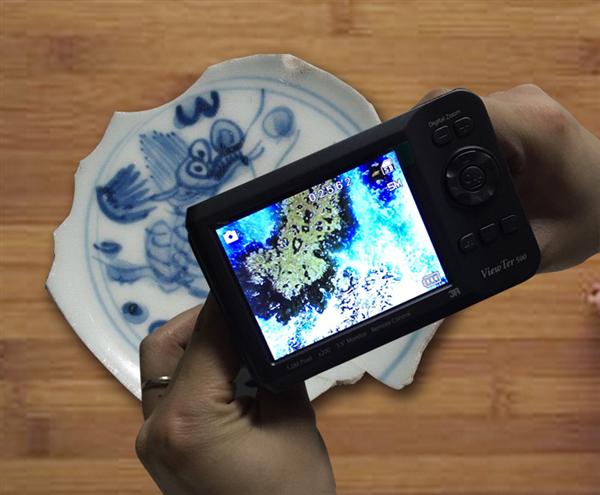
3R-MSV500
Observing the texture of the tile
[Anitty
:Anyty
】3R-WM401WIFI
Observing tile bubbles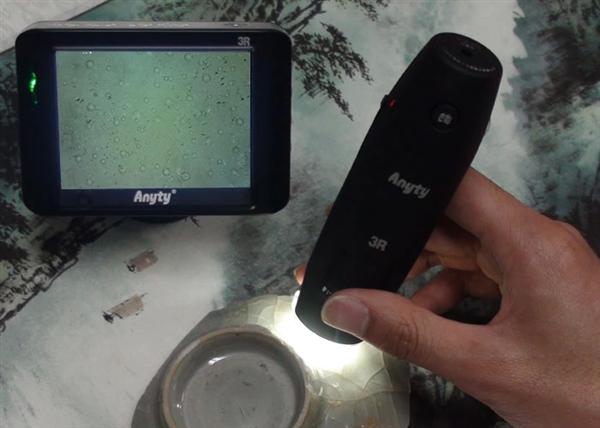
[Anitty
:Anyty
】3R-WM401PCTV
Observing tile bubblesIn order to make it easier for friends who love porcelain collection to experience the company's portable microscope, Beijing Aiditek Technology Co., Ltd. specially developed this portable microscope for carrying out the identification of ceramic bubbles. Currently, for the friends of antique calligraphy and painting, the national free shipping fee is opened. For cash on delivery service, please contact Ms. Shen.
TEL (
WeChatPorcelain appraisal unit designated portable identification microscope brand [Anitti
:Anyty
】[Anitty
:Anyty
】 It is the license of the art collection and identification microscope for portable porcelain. The porcelain identification microscope currently launched has10-200
Times,450-600
Double to meet the different needs of people for porcelain research. Shared microscopic identification system for institutional collection systems3R-WM461PCTV;
There are classic models for the older generation of personal collectors.3R-MSV500;
Fashionable for the younger generation of collectors3R-WM461WIFI
Wait. All the above illustrations are schematic diagrams corresponding to the corresponding instruments, most of which are provided by collectors.Refillable Pod Systems E-cigarette
The refilled pod system is stainable vapes with empty open cartridges. The cartridges you can fill with kinds of e-liquid.
It has no restrictions on flavors(except CBD or other special vapes). You only need to purchase kinds of e-juice.
We are China's leading manufacturer and supplier of disposable vape puff bars, refillable pod system vapes, refillable vape starter kits,
refillable pod systems e-cigarette pens, and e-cigarette kits, and we specialize in Disposable Vapes, e-cigarette vape pens, e-cigarette kits, etc.
refillable pod system vapes,refillable vape starter kit,refillable pod systems e-cigarette pen,refillable pod system e cig,refillable pod systems e-cigarette devices
Ningbo Autrends International Trade Co.,Ltd. , https://www.mosvape.com